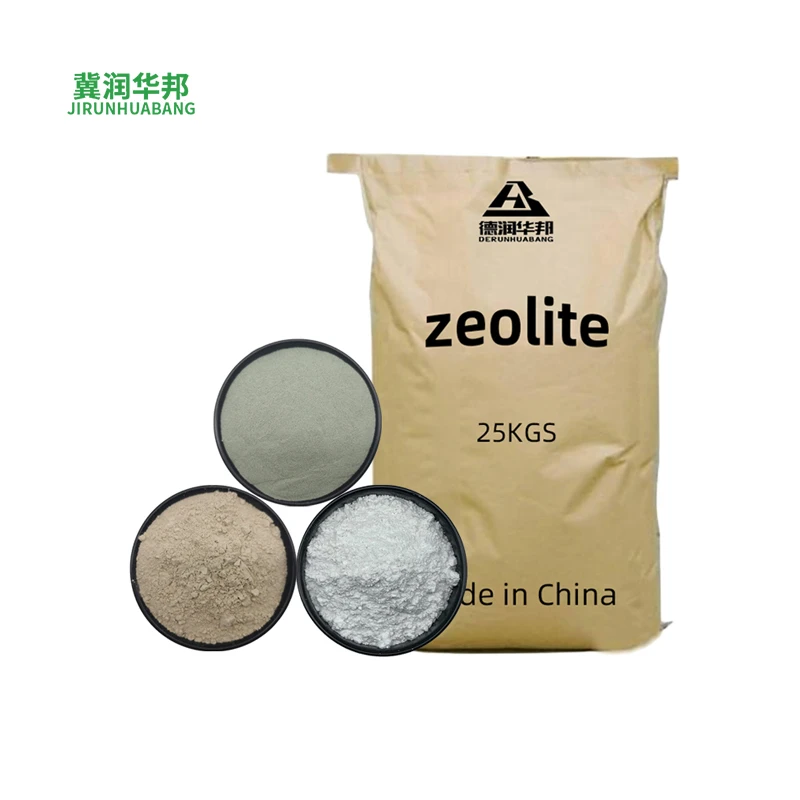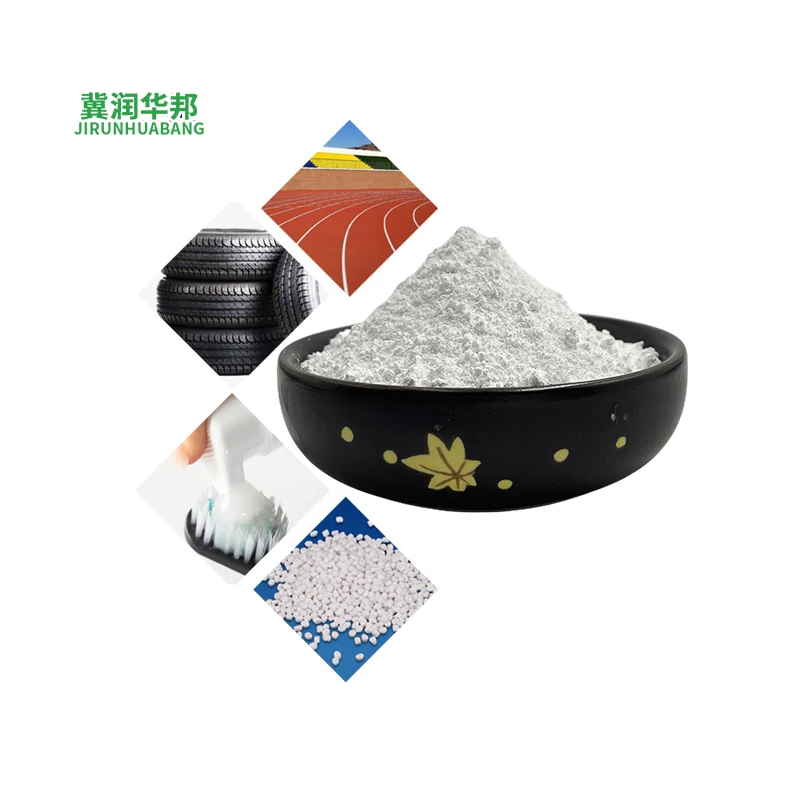types of polypropylene fibres
Back to list
Mar . 04, 2025 01:48
Polypropylene fibers have emerged as a versatile and indispensable component in various industries due to their exceptional properties and diverse applications. As the demand for sustainable and efficient materials continues to grow, understanding the different types of polypropylene fibers and their unique characteristics is key to optimizing their use. This article delves into the specifics of the various types of polypropylene fibers, offering practical insights, authoritative knowledge, and professional expertise to ensure informed decision-making for industrial applications.
Bicomponent Polypropylene Fibers The innovative design of bicomponent fibers involves two distinct polymers combined to create a single fiber. These fibers leverage the unique properties of each polymer, resulting in a material that delivers superior performance. This technology is utilized in lightweight, breathable textiles for medical and hygiene applications due to its excellent moisture-wicking properties. Moreover, bicomponent fibers are integral in producing air and liquid filtration products. Microfiber Polypropylene Fibers Microfibers are ultra-fine fibers with diameters in the micrometer range, used primarily in textiles for their softness and exceptional cleaning capabilities. Their high surface area and fine denier make them suitable for applications that require superior absorbency, such as in cleaning products and apparel. Microfibers' intricate structure allows for efficient dirt and dust trapping, proving invaluable in the automotive and cleaning industries. Environmental sustainability is a growing concern, and polypropylene fibers address this issue through their recyclable nature and potential for reduced environmental impact. With advances in biobased polypropylene fibers, which are derived from renewable resources, the ecological footprint of numerous applications can be further minimized. These innovations showcase the industry's commitment to sustainable development while meeting the demands for high-performance solutions. In conclusion, understanding the diverse types of polypropylene fibers and their specific applications is crucial for industries aiming to maximize efficiency, durability, and sustainability. Leveraging these fibers requires not only a technical understanding but also a strategic approach to application. As industries evolve and push boundaries, the role of polypropylene fibers in creating innovative and sustainable solutions will undoubtedly continue to expand. By aligning industry knowledge with expert insights and authoritative guidance, businesses can confidently integrate polypropylene fibers into their operations to achieve optimal results.


Bicomponent Polypropylene Fibers The innovative design of bicomponent fibers involves two distinct polymers combined to create a single fiber. These fibers leverage the unique properties of each polymer, resulting in a material that delivers superior performance. This technology is utilized in lightweight, breathable textiles for medical and hygiene applications due to its excellent moisture-wicking properties. Moreover, bicomponent fibers are integral in producing air and liquid filtration products. Microfiber Polypropylene Fibers Microfibers are ultra-fine fibers with diameters in the micrometer range, used primarily in textiles for their softness and exceptional cleaning capabilities. Their high surface area and fine denier make them suitable for applications that require superior absorbency, such as in cleaning products and apparel. Microfibers' intricate structure allows for efficient dirt and dust trapping, proving invaluable in the automotive and cleaning industries. Environmental sustainability is a growing concern, and polypropylene fibers address this issue through their recyclable nature and potential for reduced environmental impact. With advances in biobased polypropylene fibers, which are derived from renewable resources, the ecological footprint of numerous applications can be further minimized. These innovations showcase the industry's commitment to sustainable development while meeting the demands for high-performance solutions. In conclusion, understanding the diverse types of polypropylene fibers and their specific applications is crucial for industries aiming to maximize efficiency, durability, and sustainability. Leveraging these fibers requires not only a technical understanding but also a strategic approach to application. As industries evolve and push boundaries, the role of polypropylene fibers in creating innovative and sustainable solutions will undoubtedly continue to expand. By aligning industry knowledge with expert insights and authoritative guidance, businesses can confidently integrate polypropylene fibers into their operations to achieve optimal results.
Share
Previous:
